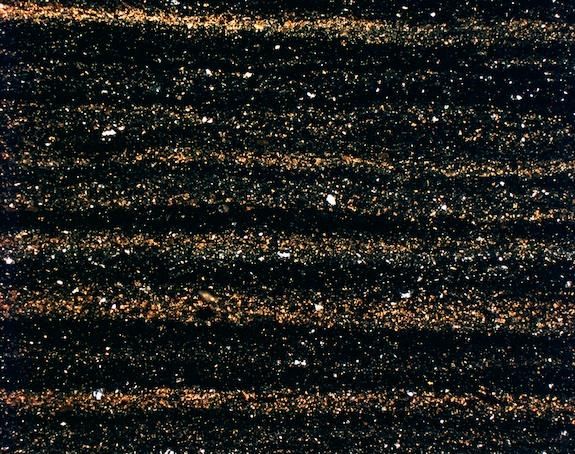A New Leap Forward for Radiocarbon Dating
Sediments and ancient leaves recovered from the bottom of a Japanese lake will help scientists around the world more precisely date ancient objects
/https://tf-cmsv2-smithsonianmag-media.s3.amazonaws.com/filer/20121018054625radiocarbon-leaf-small.jpg)
Until 1949, when archaeologists dug up prehistoric bones, stone points, charcoal remnants or other artifacts from early human history, they had no way of knowing exactly how old these objects were. Chemist Willard Libby changed that, devising an ingenious method for dating ancient objects based on the types of carbon atoms contained within them.
Libby and his colleagues based their idea on the fact that living things incorporate tiny amounts of a certain isotope of carbon (C-14) from the atmosphere into their structure; when they die, they stop adding new C-14, and the quantity left inside slowly degrades into a different element, nitrogen-14. By figuring out that the half-life of C-14 (the amount of time it takes for half of a given quantity of C-14 to decay into N-14) is 5,730 years, they could chemically analyze the ratio of C-14 to N-14 inside a piece of wood or bone and determine just how long it had been dead.
This technique has revolutionized archaeology, anthropology and other fields, allowing us to determine the absolute age of objects up to around 60,000 years old. All along, though, the precision of this technique has been limited by the fact that the amount of C-14 in the atmosphere has varied over time—and there has never been a great record of just how much it has fluctuated over the years.
With this in mind, a team of scientists from the University of Oxford and elsewhere was particularly excited when they excavated fossilized leaves and cores of sediment layers from beneath Japan’s Lake Suigetsu. These samples might not look like much, but because of the sediment’s unique layering and pristine condition, the find constitutes an unprecedented comprehensive record of atmospheric C-14 from roughly 11,200 to 52,800 years ago. The samples of sediment from this one location on the earth’s surface, in other words, will make our ability to date ancient artifacts found anywhere on the planet significantly more precise.
“The new results offer an important refinement of the atmospheric radiocarbon record and place the radiocarbon timescale on a firmer foundation,” said Jesse Smith, an editor at Science, where the findings were published in a paper today.

A specific set of processes and conditions that occur in the lake help to explain why the sediment cores and leaf samples are so valuable. Each winter, small light-colored algae called diatoms die and cover the lake floor; each summer, they are in turn covered by a darker layer of sediment. Because the lake is extremely still, is low in oxygen and has not been disturbed by glaciers or geologic activity anytime in the last 52,800 years, these microscopic layers comprise a complete, annual record preserved in sediment cores.
Moreover, because leaves and other organic materials have been trapped between the layers, the scientists were able to use the amount of C-14 in each leaf to construct a complete picture of atmospheric C-14 over time. Previously atmospheric C-14 records came from marine samples (which differ from those on land) or tree rings (which only dated to a little more than 12,000 years ago), so these cores will greatly improve the precision of radiocarbon dating for older objects. The researchers “anchored” the new C-14 record to previous data by matching up the levels found in the more recent layers of the cores to those already known from the tree rings.
“Although this record will not result in major revisions of dates, for example in archaeology, there will be changes in detail that are of the order of hundreds of years,” said University of Oxford archaeologist Bronk Ramsey, the lead author of the paper. “Such changes can be very significant when you are trying to look at human responses to climate, often dated by other methods, for example through the Greenland ice cores. A more accurate calibrated time-scale will allow us to answer questions in archaeology, which previously we have not had the resolution to address.”
Researchers suspected that the conditions in Lake Suigetsu could yield such a crucial C-14 record as early as 1993, but they had encountered technical difficulties in extracting and analyzing intact cores until now. “This is a realization of a 20-year-long Japanese dream,” said co-author Takeshi Nakagawa of the University of Newcastle upon Tyne in England. Although it’s taken some time to successfully recover the samples, they will now help researchers to figure out the ages of much older specimens and artifacts.
/https://tf-cmsv2-smithsonianmag-media.s3.amazonaws.com/accounts/headshot/joseph-stromberg-240.jpg)
/https://tf-cmsv2-smithsonianmag-media.s3.amazonaws.com/accounts/headshot/joseph-stromberg-240.jpg)